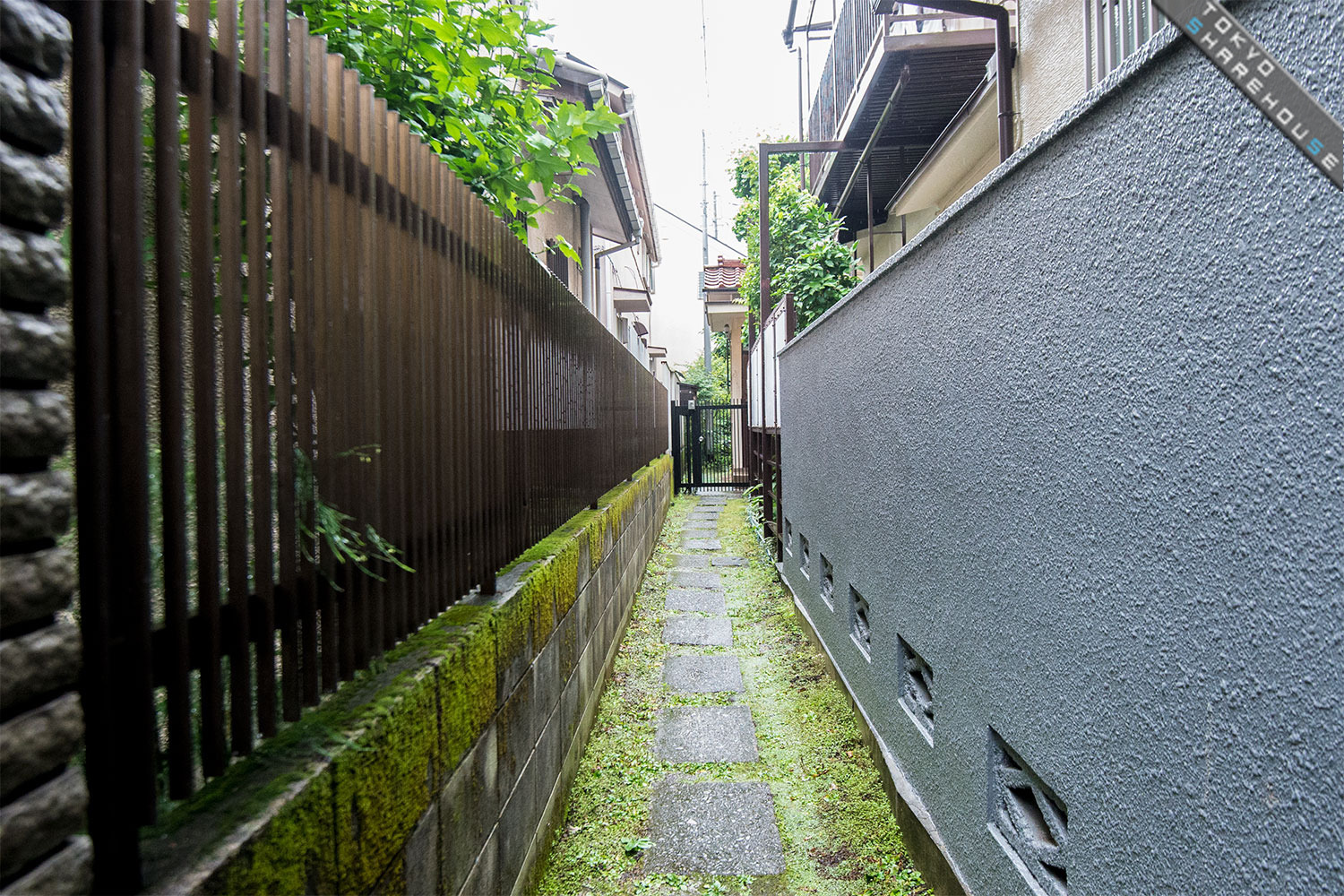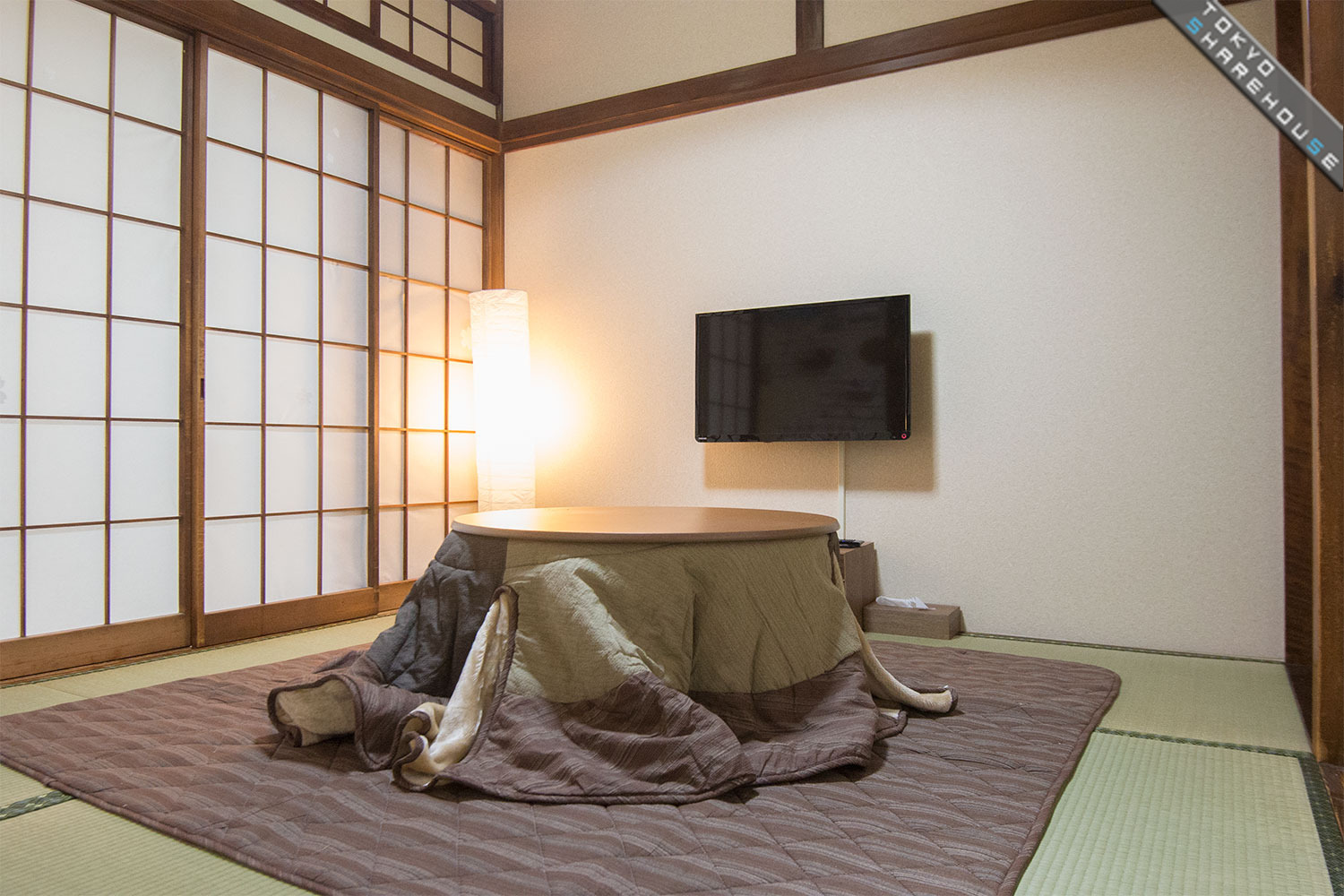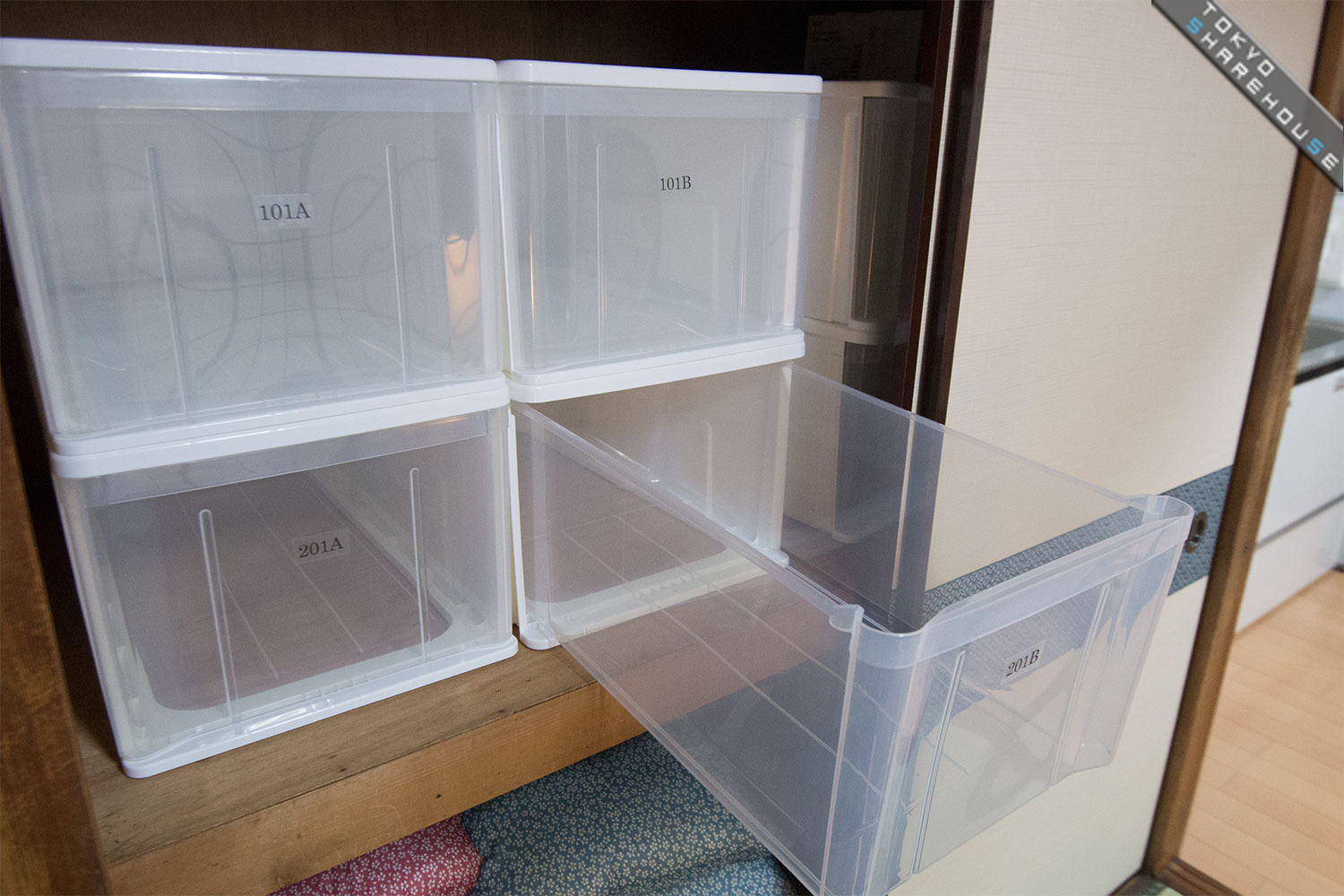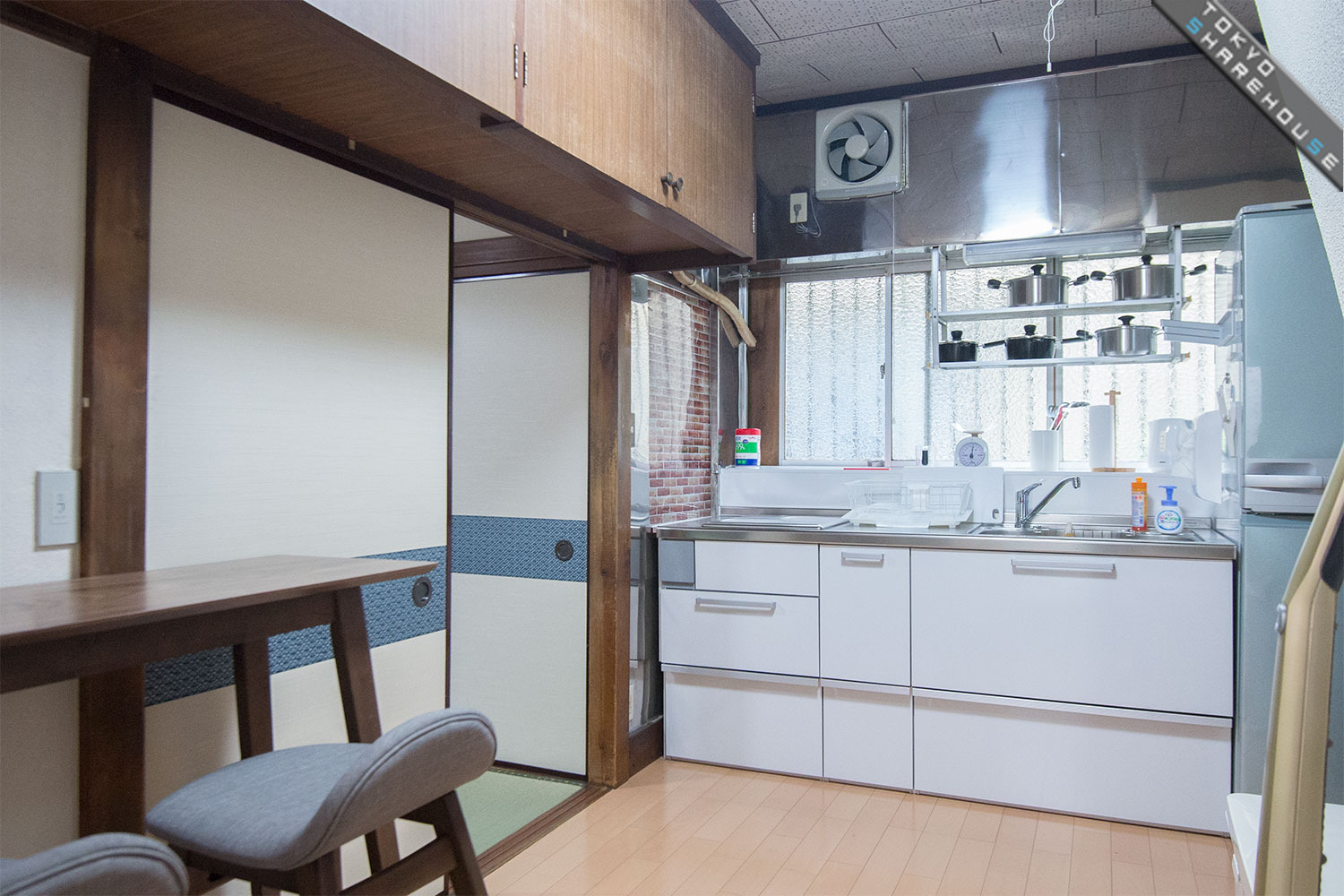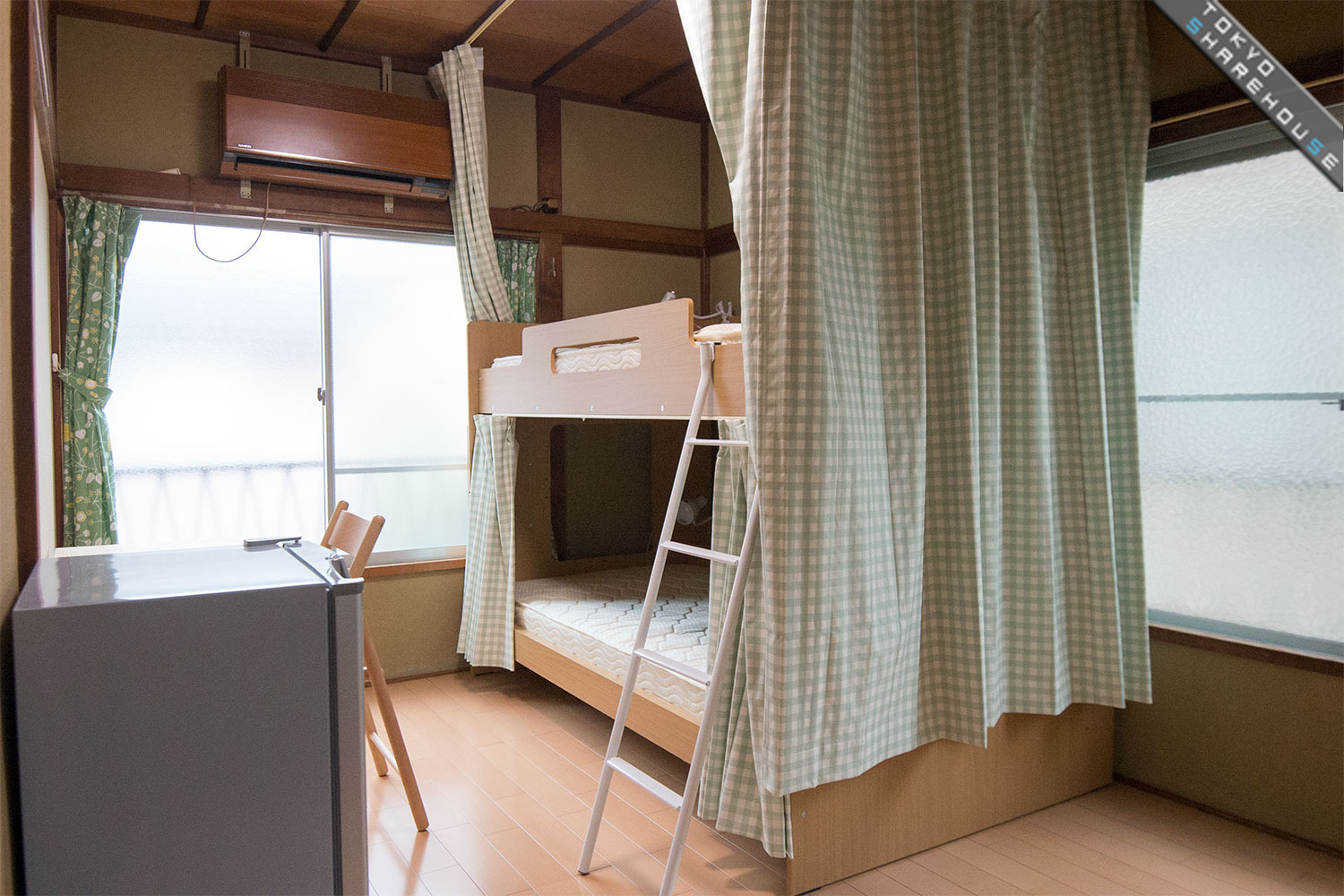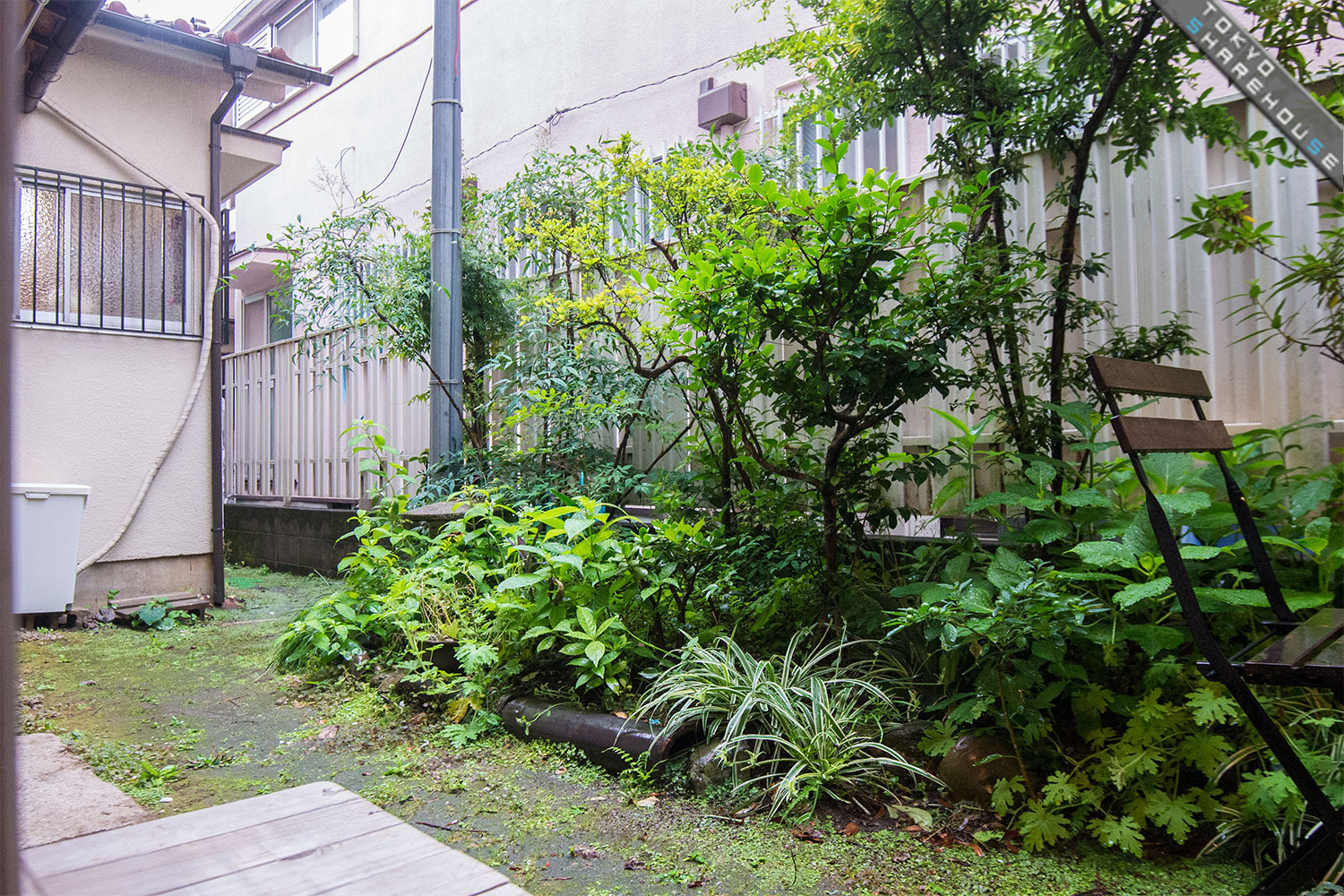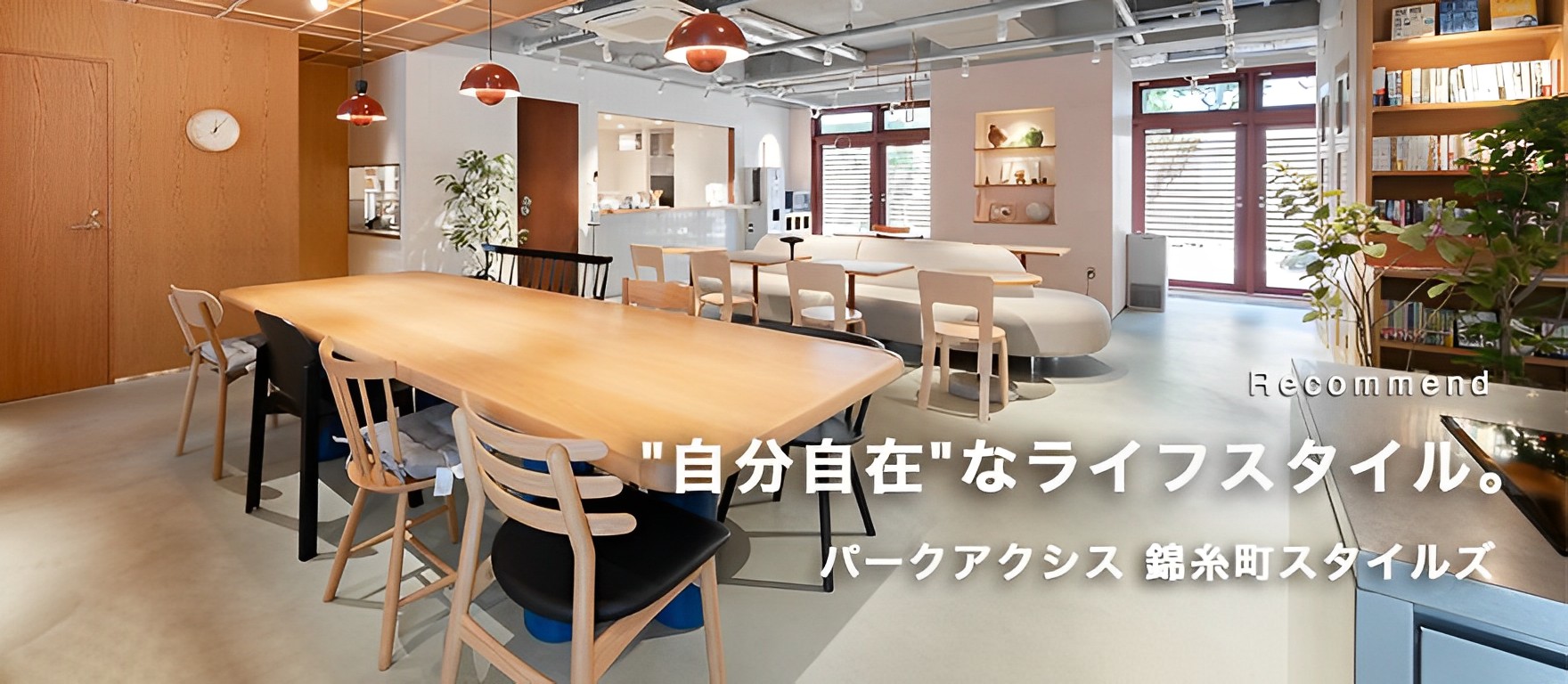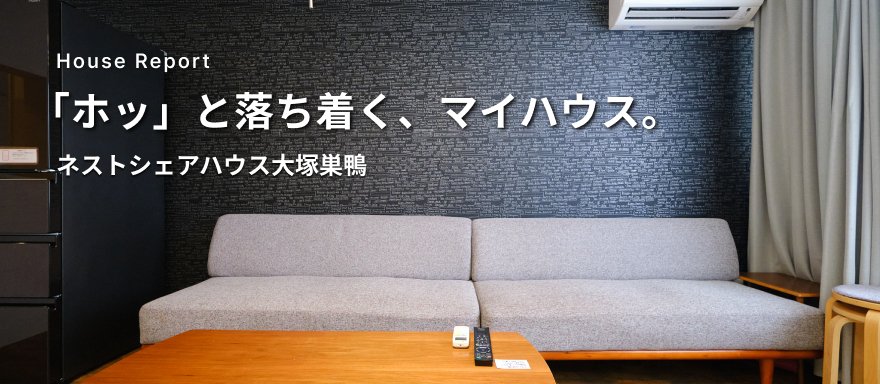
|
Traditional Japanese-style house
|
|
During winter families in Japan often gather in the living room and huddle beneath the warm ‘kotatsu’, eating mandarin oranges. A traditional Japanese living room is called a ‘chanoma’, quite like the one seen in the anime Sazae-san. In recent years western-style dwellings have increased, and families sitting down on tatami mats around a low, circular table may have already become a rare sight to behold in Japan. The sharehouse we are showcasing today is a GLOBE ASAGAYA -International House-, a property managed by TEAM SUKIMA JAPAN. The unique Japanese-feel of the house is a selling point for foreign exchange students or working holidayers coming to Japan,
The house is located a 10-minute walk from nearby Asagaya station on the JR Chuo line. The road to the house passes a large Shinto shrine with its bright red Torii gate, and hydrangeas that line the path seem refined and graceful.
The property is a traditional old house that has been converted into a sharehouse. It has been transformed into a comfortable place to live in without losing any of its traditional Japanese charm. Let’s have a look inside the house!
|
「Globe Asagaya ~International House~」for more infomation
 |
|
|
|
Down the stepping stones along a narrow, moss-lined path
The Japanese taste differs from that of the west in that it admires simplicity over dazzling gorgeousness. One of the fundamental elements in Japanese gardens is its stepping stones, something which is seen less and less in modern home gardens. This entrance of this property has been quietly set up in an unexpected place in between two houses.
|
|
Step through the front door and feel the atmosphere of the interior.
Near the entrance a globe sits as a monument to the global atmosphere of the house.
|
GLOBE ASAGAYA is decorated with traditional Japanese trinkets. These cute little guys are the Seven Deities of Good Luck that are said to bring about good fortune. An explanation of each is written behind them on the wall.
The ‘maneki neko’ cat is another famous symbol that brings good fortune.
I spy a poster filled with words on the back wall! This is called a ‘banzuke’, a ranked listing of sumo wrestlers. Watching sumo wrestling seems to be a hobby for the guy managing this house. You could probably ask them anything you wanted to know about the sport!
|
|
The main feature of the house - a Japanese-style living room.
In recent years we are seeing less and less of these tables in Japanese houses. With the westernization of Japan we are losing unique aspects of Japanese culture like these traditional interiors. However, visitors to Japan are intrigued by these things, and enjoy being able to experience them in a sharehouse setting.
|
|
The low, round table transforms into a warm ‘kotatsu’ in the winter. You can just imagine everyone sitting around together happily in here.
The closet opens to reveal storage space, and the kitchen is in the back.
|
This storage unit has been divided among residents, which is great for storing things you don’t necessarily need in your room.
This lamp looks like a paper lantern with a burning candle inside.
The best thing about sharehouses is that you have everything you need at your fingertips. This iron and hair dryer are free for residents to use.
|
The kitchen area feels like a vestige from the old house before the renovation.
In general Japanese kitchens are quite small, and the compact size of this area may take Japanese tenants back in time to their youth and their mother’s kitchens. The stovetop uses IH technology.
All the electrical appliances you need are on hand, as well as a strangely shaped toaster oven.
|
|
Share a room and understand different cultures.
Many people may feel uneasy about dormitory-type rooms, however living and sleeping in the same room can help to create close friendships.
|
|
There are also single rooms in addition to the dormitory-type rooms. The main feature of these rooms are their spaciousness at 7 to 9m2 . Each single room comes equipped with a refrigerator and desk.
This room has a large window that lets in natural light. There’s plenty of space, enough for an adult to spread out a carpet, lay down and stretch out their arms and legs if they wanted to.
|
All rooms are fitted with an electronic locking system.
This is something that’ll delight international visitors to Japan - artwork by Yumeji Takehisa, a poet and artist praised as one of the great painters of the Taisho era.
A dormitory-style room. Rest assured there is plenty of space for each roommate to store their things. The window peeks out into a Japanese-style garden.
|
| |
|
|
Sit on the veranda and experience Japanese aesthetic sense.
’Wabi Sabi’ is the aesthetic sense in Japanese art that emphasises quite simplicity and subdued refinement. It is based on acceptance of transience and imperfection, for example seeing elegance in falling cherry blossom leaves. Sitting out on the verandah and leisurely enjoying a sunny day is all fine and good, however gazing out at the water dripping from leaves in the garden on a rainy day is at the same time both sorrowful and fascinating. That is also wabisabi.
|
|
Open the paper sliding doors in this room to peek out at the verandah and garden.
Drinking tea out here every so often seems like a great idea.
|
Washing can be hung outside underneath the eaves. This side of the house gets plenty of sunlight and is perfect for drying laundry!
This sumo wrestler wind chime gazes out over the garden. Wind chimes are perfect for the current season!
A fan is also an essential item in keeping cool this summer. This is also in sumo wrestler style. 。
|
The bathroom is a traditional tiled room. In the olden days tiled bathrooms were common in Japan, however nowadays molded plastic is the norm.
The tiles in the toilet were DIY upgraded to their current bright color by the manager. Beside the toilet is the vacuum cleaner and ironing board, both free to use for residents.
Many sharehouses use coin-operated washing machines, however the one in this house is free. Lucky!
|
On the way out you may spy something hanging in the entrance. It’s a charm from a Shinto shrine.
Between the house and the station there is a Shinto shrine with a grand Torii gate. It’s the shrine the charm hanging in the house is from, and it has a long history dating back to the final days of the Kamakura period.
The beauty of the blooming hydrangeas are intensified by the rain, epitomizing Japanese aesthetic sense.
|
| |
GLOBE ASAGAYA -International House- is run by TEAM SUKIMA JAPAN and located in Asagaya. The streets around the train station are lined with local shops, and if you lived here you may just find your next favorite store on your way home one day.
Living in the city, we are often swept up in our modern lifestyles and lose sight of who we are. It might be a nice change for Japanese people to step back and rediscover old Japan. And for visitors to this country, living in a sharehouse like this one offers an opportunity to experience the unique Japanese culture.
Imagine a group of people, nationality no bar, gathered around a table in the Japanese-style living room. It’s novel sight, and living in a house like this one could be the excitement you need to spice up your life while getting to know people from all over the world.
/Author:Inamine
Related Post
Your new European-style life awaits in cultural Kokubunji
Kokubunji were Buddhist temples established during the Nara period by the order of Emperor Shomu 1300 years ago. At th...
好きなままに、思いのままに。
新しい生活スタイルの提案、そんな言葉がぴったりなシェアハウスをご紹介します。"パークアクシス錦糸町スタイルズ"は、「CLOUD STYLES」をコンセプトにし...
A unique environment reminiscent of Hawaii and the West Coast
In the confusion of 1950s post-war America, the Golden era began and the phrase ‘The American Dream’ was born. It...


